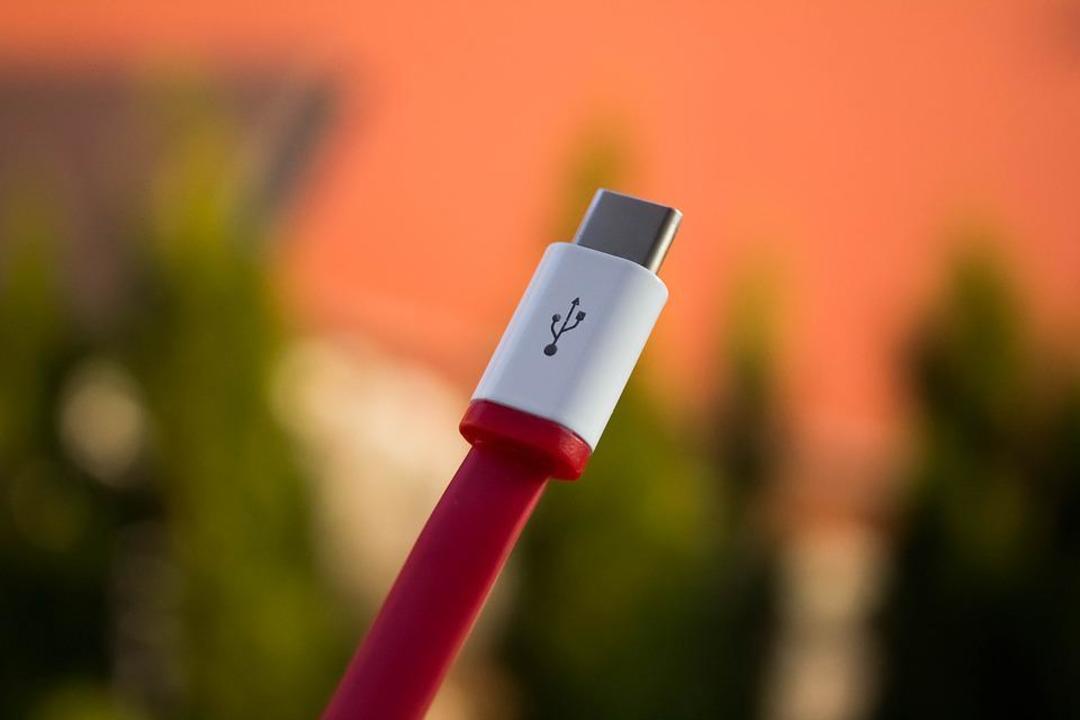If it’s up to European legislators, from the fall of 2024 we will all be using USB-C ports in our smartphones. Apple should believe that too. It is a universal standard that pleasantly surprises in the store. What does this mean for you in the future?
We mainly use the USB-C port to charge most smartphones, laptops and tablets. But if it’s up to the European Union, by autumn 2024 this will also apply to digital cameras, headsets, handhelds (for video games) and e-readers. All devices get a universal charger. The original idea was that it didn’t matter which USB-C charger you used for a device, charging or powering it shouldn’t be a problem.
However, in practice we encounter different situations. For example, Apple does not use the usb-c port for the iPhone line. And then we have Android phone manufacturers who do all sorts of tricks with their chargers, sometimes causing them to not work well with other suppliers’ models. In short: as an ordinary consumer, finding your way around fragmented chargers and plugs is still pretty difficult.
But change is coming
The Internal Market and Consumer Protection Committee, a committee of the European Parliament, now wants to change that. They made deals on this: All mentioned devices should get USB-C and support a universal charging standard (with fast charging, of course). Also, the devices are no longer supplied with chargers as standard. Because if all goes well you already have a suitable charger at home.

With the proposition, the European Union wants to reduce e-waste (electronic waste), among other things. And this is sorely needed, because the pile of unused devices and chargers does not decrease every year. And if you’re really honest: How many chargers do you have in the drawer that you don’t use? Or that you don’t even know what it is anymore? A single charger for all your devices is a mountain of waste and the perfect answer to the question of whether you still need such a charger.
USB-c for everyone
Current plans were announced in September 2021, but the European Union has been working on it for ten years. In recent years, many Android phone manufacturers have switched from micro-usb to usb-c and have already created some uniformity (although you can’t use every charger on every smartphone), while Apple has forged its own path with Lightning and more. . Not surprisingly, Apple is against the EU’s proposed plans.
Reason: Switching to a single cable “acts against innovation rather than promoting innovation”. This ultimately “harms” consumers in Europe. Apple also said that the move to USB-C will create more e-waste because many people will throw away their Lightning accessories; then they are useless. That may be true, but it’s also the one-time price we pay for a future where we don’t have to deal with cables anymore. And more is possible with USB-C than Lightning, which encourages innovation rather than hinders it.
The new law still needs to be approved by the European Parliament, but this is just a formality. An important detail that emerged in the press release is that the new rules clearly apply to devices charged via cable. Wireless-only charging devices don’t need to meet future requirements. However, it seems unlikely that an iPhone without a charging port will appear anytime soon.
Source: Computer Totaal
I am Bret Jackson, a professional journalist and author for Gadget Onus, where I specialize in writing about the gaming industry. With over 6 years of experience in my field, I have built up an extensive portfolio that ranges from reviews to interviews with top figures within the industry. My work has been featured on various news sites, providing readers with insightful analysis regarding the current state of gaming culture.










